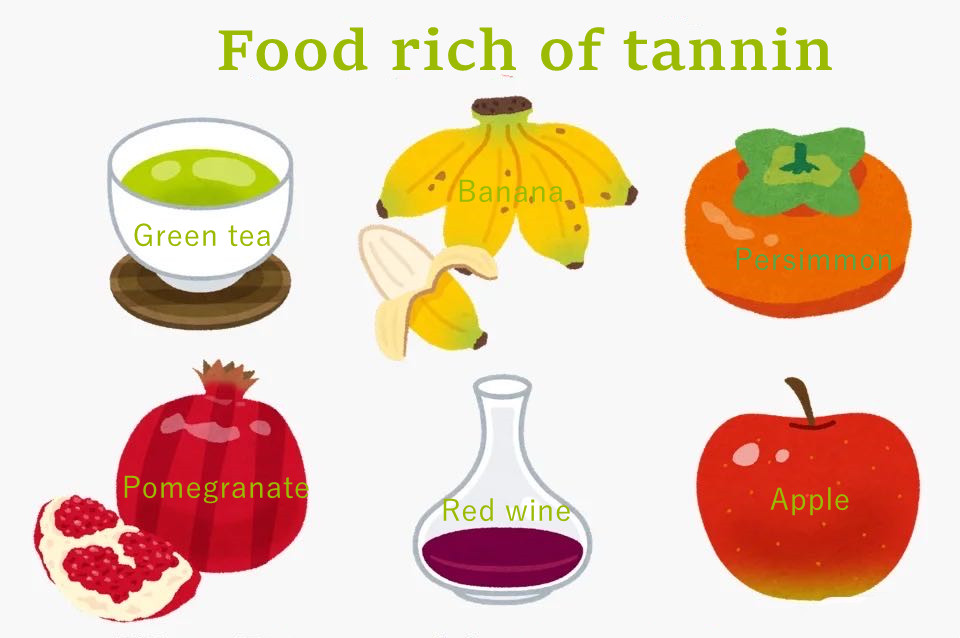How is pomegranate peel tannin extracted?
Tannins, also called tannins, are water-soluble polyphenols found in plants. In recent years, tannin has been increasingly extracted from Punica Granatum L. Because of the easy availability of raw materials, the Chinese Pharmacopoeia has stipulated that the amount of tannin in pomegranate peel should not be less than 10% since 1995. Pomegranate peel tannin has been proved to have significant antioxidant and free radical scavenging effects, which can inhibit the oxidation of LDL cholesterol, prevent atherosclerosis, inhibit angiotensin-converting enzyme activity, reduce blood pressure and lipids, inhibit the proliferation of cancer cells such as breast cancer, prostate cancer and oral cancer, and protect gastric mucosa. It is widely used in food, medicine and cosmetics. In this paper, several different extraction methods for pomegranate peel tannins are introduced.
- Raw materials: dried pomegranate peel;
- Instrument: balance; Heat collecting constant temperature heating magnetic agitator; Ultrasonic cleaning instrument; Microwave oven; Centrifuge; Scanning electronic display; Micro mirror.
- Reagent: analytical pure reagent; Pectinase, cellulase
Extraction methods of tannin from pomegranate peel
(1) Water reflux method
Accurately weigh 015 g pomegranate peel powder, add 10 mL 50% acetone solution, reflux extraction twice at 60 ℃ for 1 h each time, centrifuge 4 500 r/ min for 30 min, the upper clear liquid was poured out and combined, and the volume was measured.
(2) Ultrasonic extraction method
Accurately weigh 015 g pomegranate peel powder, add 10 mL 50% acetone solution, ultrasonic extraction twice at 60 ℃, 30 min each time, the subsequent operation was the same as method (1).
(3) Microwave extraction method:
Microwave heating can make the vacuolar cells swell and break instantaneously due to the rapid increase of temperature, so that the intracellular substances are released, especially suitable for the extraction of intracellular substances in plant cells. Process: Accurately weigh 10 g pomegranate peel powder, add 10 mL 10% acetone solution, microwave extraction for 3 times, 10 min each time, and follow the same procedure as (1).
(4) Enzymatic extraction
Accurately weighing 015 g pomegranate peel powder, adding 10 mL citrate buffer solution with pH 415, adding 0105 g pectinase and 0105 g cellulase, reflux extraction at 50 ℃ for 2 times, each time for 1 h, the following operations as (1).
(5) Semi-bionic method:
Semi-bionic extraction method (SBE method for short) is a new process designed for the digestive tract delivery of traditional Chinese medicine by combining the whole drug study method and molecular drug study method, simulating the principles of oral administration and drug transport through the gastrointestinal tract. The material is first extracted with acidic water of a certain pH, then with alkaline water of a certain pH, and the extraction solution is filtered and concentrated.
The process: 0.15g pomegranate peel powder was accurately weighed, and 10 mL each of HCl solution (pH 210), citrate – sodium citrate buffer solution (pH 715), and sodium bicarbonate – sodium hydroxide buffer solution (pH 813) were used for reflux extraction for 1 h at 60 ℃. The following operations were as follows: (1).
(6) Double screw extrusion method:
Twin-screw extrusion process is with the material through the conveying equipment sent to the tempering device, the material in the tempering device through high temperature steam tempering, by the purging groove into the expansion mechanism, in a pair of parallel mesh screw pumping, from a certain shape of the die hole instant extrusion cutting into granules. The extrusion temperature is as high as 100 ~ 200 ℃, which can degrade and destroy tannins in pomegranate peel. The extraction rate was 2 % higher than that of ultrasonic wave, even if the fiber of pomegranate skin cell wall was loosened by expanding.
The crushed pomegranate peel powder was extruded into a long strip with a diameter of about 5 mm by a twin-screw extruder, weighed to 015 g, and extracted according to the method described in (2).
Determination
The extract was added with 50% acetone to 20 mL and heated in a 35 ±2 ℃ water bath to about 35 ℃. Absorb 1 mL of zinc acetate solution with a concentration of 1mol/ L and place it in a conical flask, add 017 mL of saturated ammonia, shake well to dissolve the white precipitation and mix it with the above extraction solution, place it in the original pot and continue heating for 30 min (intermittent shaking for several times), cool it to room temperature and filter it, discard the initial filtrate and take 1 Add 1125 mL NH4Cl-NH3 ·H2O buffer with pH 10, 0105 mL chromium black T indicator and 15 mL distilled water, and then titrate with 0105mol/ L ethylenediamine-tetraacetic acid disodium (EDTA-2Na) standard solution , the solution from red to blue is the end point.
Tannin extraction rate/(%) = 011556 ×V/ W ×100 %
Among them,011556 is the proportionality constant obtained by experiment; W is the sample mass,g; V is the complexing precipitation consumption of 1 mol/L zinc acetate standard solution, mL.
Results
As can be seen from the table below, semi-bionic extraction method obtained the highest tannin efficiency, followed by microwave extraction method. The rate of enzymatic extraction was the lowest. This is mainly because tannins can bind to proteins, and enzymes are a type of protein. The tannic acid in the liquid combines with protein to form precipitate insoluble in the liquid, resulting in the determination of tannic acid content is very low. Therefore, enzymatic extraction is not suitable for tannin extraction.
Table: Tannin extraction rate from different methods
| Extract methods | (1) | (2) | (3) | (4) | (4) | (5) |
| Rate / % | 25.0 | 27.9 | 37.4 | 13.1 | 43.2 | 30.3 |
Tannic acid is one of the main components of pomegranate skin, accounting for about 30 % of the mass of pomegranate skin. It has powerful antioxidant, antibacterial, antiviral and anti-tumor effects on the body, including animals and humans, as well as on the digestive system and reproductive system, and has become a research hotspot in recent years. The results show that the semi-bionic method and microwave method have good effects on the extraction of tannin from pomegranate peel. In addition, the extraction rate of tannin can be greatly improved by appropriately reducing the size of pomegranate peel.



